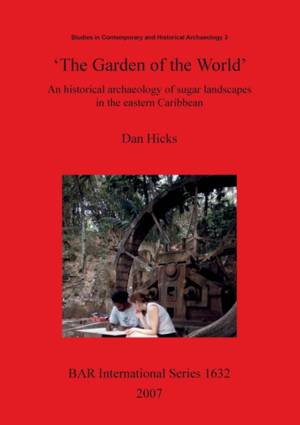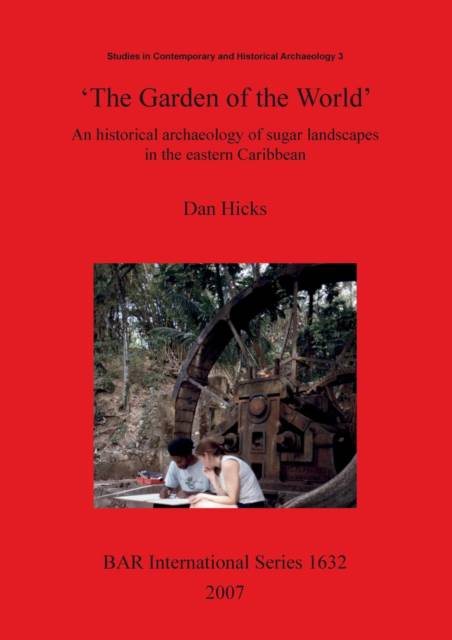
- Retrait gratuit dans votre magasin Club
- 7.000.000 titres dans notre catalogue
- Payer en toute sécurité
- Toujours un magasin près de chez vous
- Retrait gratuit dans votre magasin Club
- 7.000.0000 titres dans notre catalogue
- Payer en toute sécurité
- Toujours un magasin près de chez vous
'The Garden of the World'
An historical archaeology of sugar landscapes in the eastern Caribbean
Dan HicksDescription
Studies in Contemporary and Historical Archaeology 3
This study uses the perspectives of what might be termed the 'empirical tradition' of British landscape archaeology that developed in the 1960s and 1970s, especially in industrial archaeology, to explore the early modern history of the 'garden' landscapes formed by British colonialism in the eastern Caribbean, and their place in the world. It presents a detailed chronological sequence of the changing material conditions of these English-/British-owned plantation landscapes during the 17th, 18th and early 19th centuries, with particular reference to the origins, history and legacies of the sugar industry. The study draws together the results of archaeological fieldwork and documentary research to present a progressive account of the historical landscapes of the islands of St Kitts and St Lucia: sketching a chronological outline of landscape change. This approach to landscape is characterised by the integration of archaeological field survey, standing buildings recording alongside documentary and cartographic sources, and focuses upon producing accounts of material change to landscapes and buildings. By providing a long-term perspective on eastern Caribbean colonial history: from the nature of early, effectively prehistoric contact and interaction in the 16th century, through early permanent European settlements and into the developed sugar societies of the 18th and 19th centuries, the study suggests a temporal and thematic framework of landscape change that might inform the further development of historical archaeology in the island Caribbean region. The broader aim of the study relates to exploring how archaeological techniques can be used to contribute a highly detailed, empirical case study to the interdisciplinary study of postcolonial landscapes and British colonialism. In order to achieve this goal, the study draws upon the techniques of what has been called the 'empirical tradition' of landscape archaeology.
Spécifications
Parties prenantes
- Auteur(s) :
- Editeur:
Contenu
- Nombre de pages :
- 134
- Langue:
- Anglais
- Collection :
- Tome:
- n° 1632
Caractéristiques
- EAN:
- 9781407300467
- Date de parution :
- 15-05-07
- Format:
- Livre broché
- Format numérique:
- Trade paperback (VS)
- Dimensions :
- 210 mm x 297 mm
- Poids :
- 449 g

Les avis
Nous publions uniquement les avis qui respectent les conditions requises. Consultez nos conditions pour les avis.






